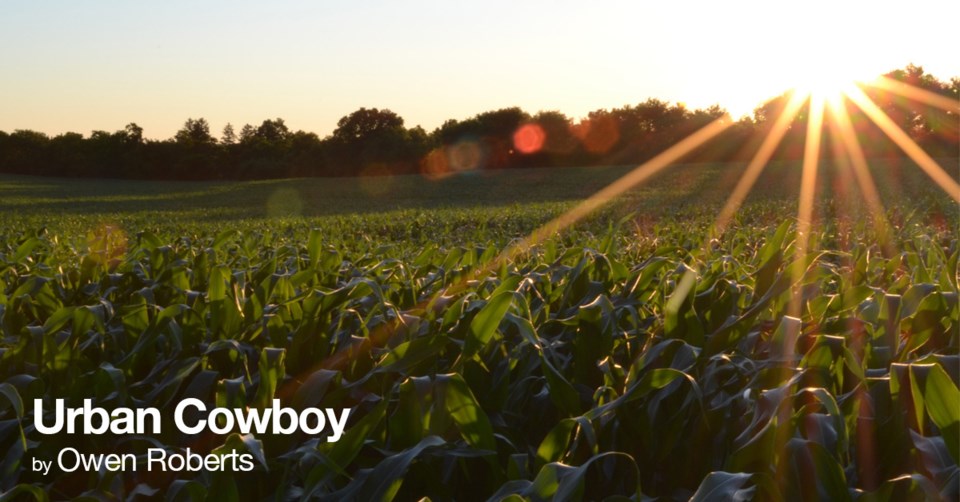Food growing in fields is not sterile.
People complain about food being “processed,” but may forget processing includes cleaning. And that’s not so bad.
“People like to see food grown in nature. They like to see nature connected to food production, like deer grazing around farmers’ fields,” says University of Waterloo professor and foodborne disease epidemiologist Prof. Shannon Majowicz, who herself lives on a farm with her family just outside Guelph.
“But when the deer poop on something people are eventually going to eat, like lettuce, that’s a food safety issue.”
Commodities move quickly from the farm to the table. And in many cases, they’re handled by teenagers. It’s estimated one in five teenagers has some role in handling food that reaches the public, for example, through fast food outlets and grocery stores. In many cases, food safety and food preparation training is standard — and no wonder.
Still, Majowicz, working with University of Guelph population medicine professor Andria Bitton-Jones and others, found Ontario teenagers have limited exposure to food preparation itself, let alone proper food safety procedures.
Teenagers are following a societal trend that sees fewer people — such as their parents — preparing meals at home. So as they age and move out, they enter their new home life with very little experience handling and preparing food.
But there’s an angle even before that.
In high school, they’re increasingly taking on volunteer hours as a condition of graduating. In some cases, that involves helping out in places where you might find populations of people particularly susceptible to food-borne disease, such as the very young or elderly.
Earlier this month, Majowicz presented their findings at the International Association for Food Protection conference in St. Louis, a conference that drew 3,000 participants.
Here’s what they found, based on discussions with students and observations in schools.
On average, students said they were indeed interested in food safety, and in avoiding food poisoning. The students thought they were adept at knowing how to safely cook a meal. But unfortunately, they were not.
For example, most assessed meat’s doneness by looking at it, or cutting into it, rather than using a thermometer to check its temperature.
They also commonly handled lettuce after handling raw meat.
Only eight per cent washed their hands after handling raw produce.
And many were on their phones while cooking, sometimes taking selfies or pictures of their food, even while handling raw meat.
And yet, they claim foodborne illness is not a personal threat to them.
It could, however, certainly be a threat to everyone else.
Majowicz says the study, sponsored by the Ontario Ministry of Agriculture, Food and Rural Affairs’ Food Safety Research Fund, represents an opportunity to start a conversation between farmers, teenagers and the food industry about this aspect of food safety.
“Consumers are the end users of farmers’ commodities,” she says, “and teenagers have a big role in the delivery of these commodities. We want them to learn and develop good food safety habits…but when it comes to food safety concerns about [farm] products, knowledge among teenagers appears poor.”
